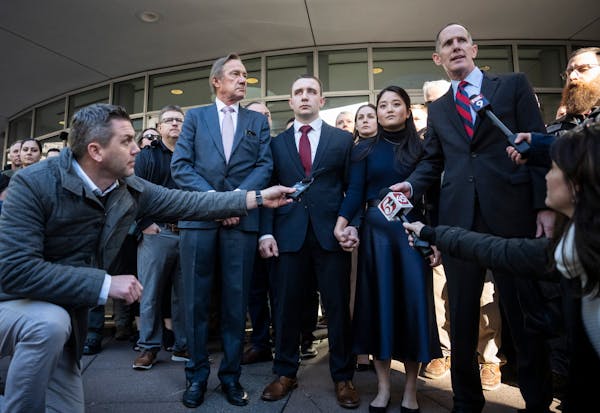Store shelves that had been stocked with bottles claiming an SPF, or a sun protection factor, of 30 now trumpet SPFs of 55, 70, even "110+." This escalation often comes with higher pricing. But dermatologists aren't impressed. "Once you get to SPF 50, it's really getting silly," said James Spencer, a Boston dermatologist.
SPF isn't a linear progression. An SPF of 30 doesn't offer twice as much protection as an SPF of 15. In fact, SPF 15 blocks 94 percent of UVB rays, SPF 30 blocks 97 percent and SPF 45 blocks 98 percent.
The American Academy of Dermatology recommends sunscreens with an SPF of 30. It has found that most sunscreen users put on only half as much sunscreen as they should to get the product's claimed SPF protection and don't reapply it every few hours as required for it to work.
LOS ANGELES TIMES
Keep blisters at bay Avoid going too far in your first few runs with new shoes. Avoid cotton socks and instead use a wicking fabric such as Coolmax or SmartWool. Don't go without socks when running. On really hot days when your feet will be sweating, consider using an anti-chafe balm on your feet and anti-blister powder in your shoes to keep them dry. Or bring a spare pair of socks to change into.
If your feet get hot while running, it's time to stop.
To treat blisters: Leave them alone. Don't pop a blister, or you invite infection. Ice the area to reduce swelling, or surround it with a doughnut-shaped pad or moleskin. Keep it clean with a bandage, and watch for signs of infection.
WASHINGTON POST
